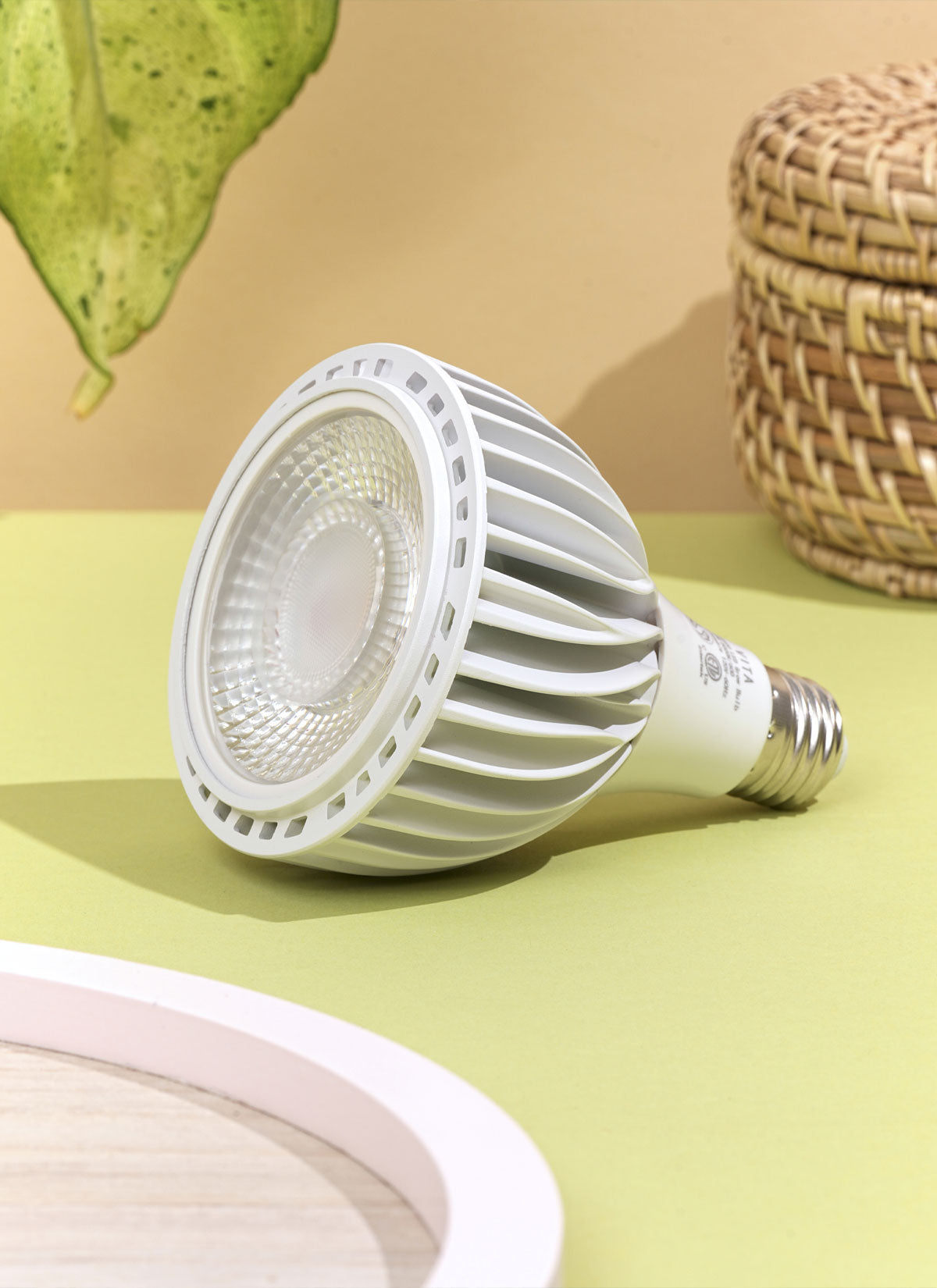Quick Tip: Water until water comes out of drainage holes. Allow top 2 inches of soil to completely dry between waterings.
When watering parsley, prevent soggy soil and root rot by watering deeply on occasion. Between waterings, let the top inch of the soil somewhat dry out, and then thoroughly water the plant until any extra moisture drains out of the pot's bottom. Make sure the pot has adequate drainage to avoid water buildup. Because parsley needs continually moist soil, take care not to let the soil totally dry up. Check the soil with your finger on a regular basis to see how much moisture is present. Based on the external factors, such as temperature and humidity, which might affect the plant's water requirements, adjust the frequency of watering. Strike a balance and aim for consistent moisture without waterlogging the roots, keeping in mind that both overwatering and underwatering can have negative effects. Your indoor parsley plant will receive the best hydration if you stick to this watering routine.




















